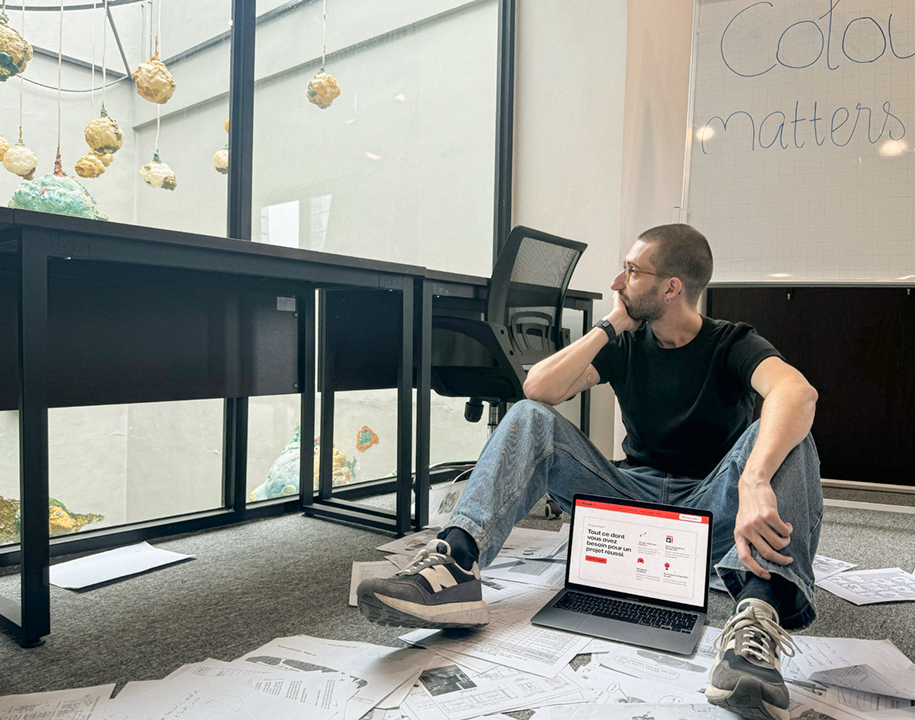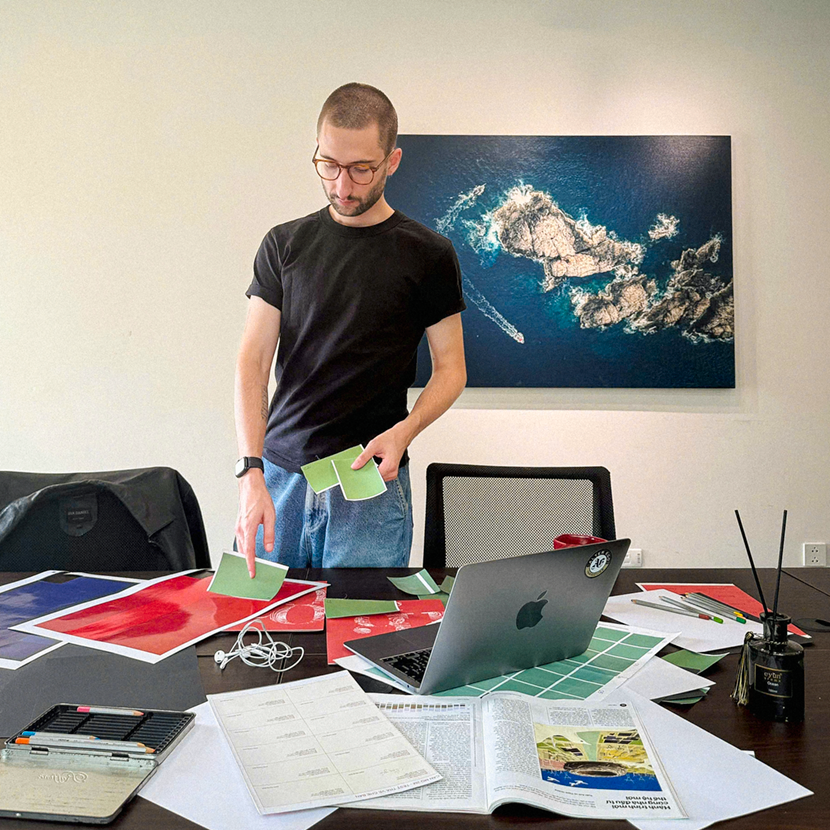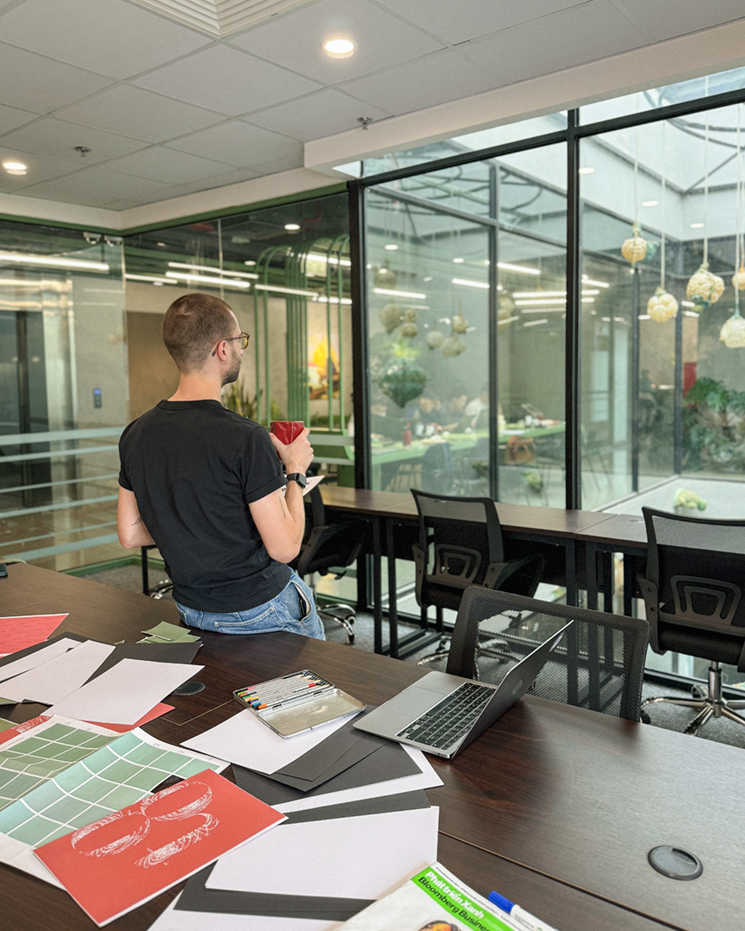Nobody’s watching? That’s your startup’s golden hour
Twelve views. One like from a friend. No applause, no flattering comments. Yet when no one’s paying attention to your project, you might be standing in the most valuable moment to build something remarkable.
The entrepreneur's universal experience
You’ve stayed up night after night polishing your product page.
Every pixel aligned, every sentence measured. You hit “Publish” with a racing heart… and silence follows.
5 minutes: 0 interactions.
30 minutes: 5 views.
3 hours: 12 views, 1 like and a “Let’s celebrate!” comment from your friend.
Many imagine a startup’s first day as loud as a Shark Tank pitch. In reality, most begin quietly, like tossing a message into the universe, unsure who will catch it.

Why “nobody cares” is good news
99.9% of the world is busy living their own lives
According to Cornell University, the spotlight effect makes us believe others notice us more than they actually do. The truth? Your boss is chasing deadlines, your neighbor is deciding what’s for dinner, your crush is scrolling someone else’s stories.
And that’s the gift: you have the space to experiment, stumble and improve without anyone “grading” your every move.
Perfection is the enemy of progress
Reid Hoffman, co-founder of LinkedIn, once said: “If you’re not embarrassed by the first version of your product, you’ve launched too late.”
Amazon’s first days? A bare-bones website selling books - no eye-catching logo, no fancy recommendation engine.
Tesla’s first Roadster? Buggy software, unstable battery performance, and sluggish production.
Yet they launched early, learned from their first wave of customers, and let real-world feedback shape the product.
The common thread? They dared to start rough and let reality do the refining.
Why the “invisible stage” matters
- You learn the most: Bold experiments, quick pivots, and brutally honest user feedback - all without the suffocating pressure to “look good” (Eisenmann, 2013).
- You lay the foundation: MIT research shows the first 8-18 months are the “golden window” to find product–market fit and build lasting foundations (Aulet & Murray, 2013).
- You dodge the curse of early success: Going viral too soon can crash your systems, ruin user experience, and erode trust.

“I’m color-blind, so red or green is the same to me. But in those early days when no one cared, I tried the wildest color combos. Some were disasters. Some became my style.”
- Oscar, Founder of Pixweb, working from Toong Phan Boi Chau.
What to do in this stage
-
Win over your first 10 users. Paul Graham of Y Combinator says it’s better to have 100 true fans than a million indifferent ones.
-
Build – Measure – Learn. Ship something every week, assess, and improve.
-
Go hands-on. In their early days, Stripe’s team installed their own product in customers’ offices, line by line, to understand exactly what they needed.
Every legend begins in the shadows

The “no one cares” phase isn’t empty time. It’s a private gym where you build skill, stamina, and clarity before the lights hit.
Like an athlete before game day, a startup needs space to strengthen, refine, and own its craft.
As Loren Lancaster, founder of Noble Network and a member at Toong Hoang Dao Thuy, says:
“A seed grows in the dark before it meets the sun. Give your roots time to go deep, and you’ll stand strong when the world starts paying attention.”
Editors: Nguyễn Thạch Thảo, Bùi Bích Trà My
References:
-
Aulet, B., & Murray, F. (2013). A tale of two entrepreneurs: Understanding differences in the types of entrepreneurship in the economy. MIT Sloan School of Management.
-
Eisenmann, T. (2013). Hypothesis-driven entrepreneurship: The lean startup. Harvard Business School Background Note 812-095.
-
Gilovich, T., Medvec, V. H., & Savitsky, K. (2000). The spotlight effect in social judgment: An egocentric bias in estimates of the salience of one's own actions and appearance. Journal of Personality and Social Psychology, 78(2), 211–222. https://doi.org/10.1037/0022-3514.78.2.211.



